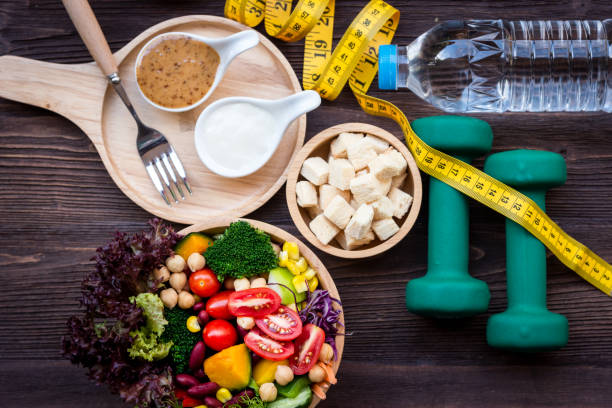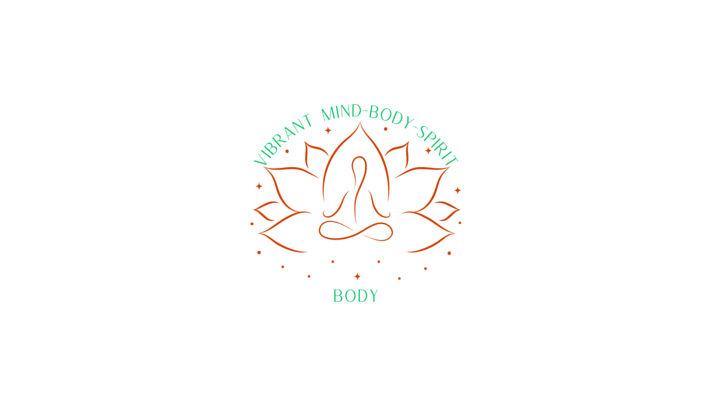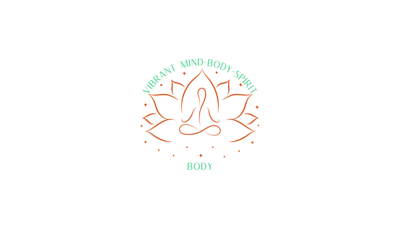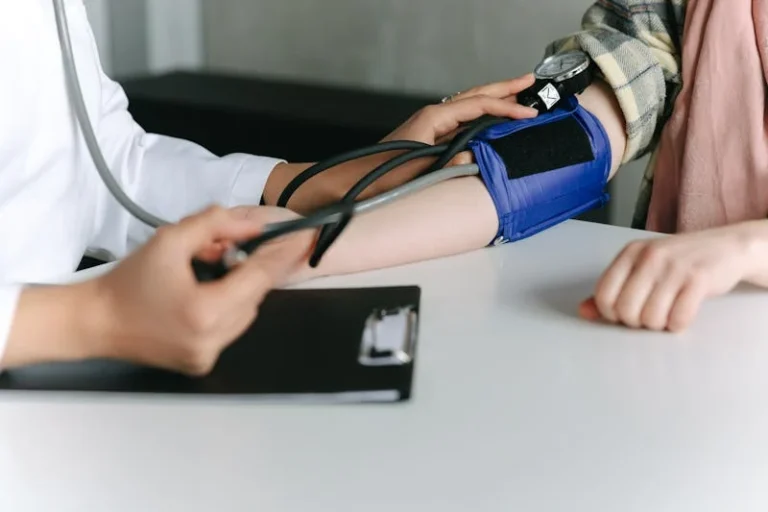Practical steps to lower your blood pressure. High blood pressure, or hypertension, is often referred to as the “silent killer” because it typically has no obvious symptoms yet can lead to serious health complications such as heart disease, stroke, and kidney problems. Managing your blood pressure is crucial for maintaining overall health and well-being. The good news is that there are several safe and practical steps you can take to lower your blood pressure naturally. In this blog post, we’ll explore these strategies in detail to help you take control of your health.
Understanding Blood Pressure
Before diving into the steps to lower blood pressure, it’s essential to understand what blood pressure is. Blood pressure is the force exerted by circulating blood against the walls of your arteries. It’s measured in millimeters of mercury (mm Hg) and recorded with two numbers:
– Systolic pressure (the top number): Measures the pressure in your arteries when your heart beats.
– Diastolic pressure (the bottom number): Measures the pressure in your arteries between heartbeats.
A normal blood pressure reading is typically around 120/80 mm Hg. Readings consistently higher than this may indicate hypertension, which requires attention and management.
1. Adopt a Heart-Healthy Diet.

a. Embrace the DASH Diet. A number of books and cookbooks touting this diet are available.
The Dietary Approaches to Stop Hypertension (DASH) diet is specifically designed to help manage blood pressure. It emphasizes:
– Fruits and vegetables: Aim for 4-5 servings each per day.
– Whole grains: Incorporate whole grains like brown rice, quinoa, and whole wheat bread.
– Lean proteins: Include sources like fish, poultry, beans, and nuts.
– Low-fat dairy: Choose low-fat or fat-free milk, yogurt, and cheese.
b. Reduce Sodium Intake
Excess sodium can cause the body to retain water, increasing blood pressure. To reduce sodium intake:
– Limit processed and packaged foods: These often contain high levels of sodium.
– Read labels: Choose products labeled “low sodium” or “no added salt.”
– Cook at home: Controlling the amount of salt added during cooking can significantly reduce sodium intake.
Aim to consume no more than 2,300 milligrams (mg) of sodium per day, and ideally aim for a limit of 1,500 mg for better blood pressure control.
c. Increase Potassium-Rich Foods
Potassium helps balance the amount of sodium in your cells, which can help control blood pressure. Incorporate potassium-rich foods such as:
– Bananas
– Oranges and orange juice
– Potatoes
– Spinach
– Tomatoes
– Beans
d. Limit Saturated and Trans Fats
High intake of saturated and trans fats can lead to weight gain and increased blood pressure. Choose healthier fats:
– Monounsaturated and polyunsaturated fats: Found in olive oil, avocados, nuts, and fatty fish like salmon.
– Avoid fried foods and processed snacks: These often contain unhealthy fats.
2. Engage in Regular Physical Activity
Regular exercise strengthens the heart, enabling it to pump blood more efficiently, which can lower blood pressure. Aim for:
– Aerobic activities: Such as brisk walking, jogging, cycling, swimming, or dancing for at least 150 minutes per week.
– Strength training: Incorporate muscle-strengthening activities at least two days a week.
Consistency is key. Even moderate-intensity exercises, when done regularly, can have significant benefits for blood pressure management.
3. Maintain a Healthy Weight
Being overweight or obese increases the strain on your heart and can raise blood pressure. To achieve and maintain a healthy weight:
– Calculate your Body Mass Index (BMI): A BMI between 18.5 and 24.9 is considered healthy.
– Set realistic weight loss goals: Aim for gradual weight loss, such as 1-2 pounds per week.
– Combine diet and exercise: A balanced approach involving both dietary changes and physical activity is most effective.
Losing even a small amount of weight can help reduce blood pressure significantly.
4. Limit Alcohol Consumption
Excessive alcohol intake can raise blood pressure and contribute to other health issues. To manage alcohol consumption:
– Moderate drinking: For men, limit to no more than two drinks per day, and for women, no more than one drink per day.
– Understand serving sizes: One drink is typically defined as 12 ounces of beer, 5 ounces of wine, or 1.5 ounces of distilled spirits.
Reducing alcohol intake can help lower blood pressure and improve overall health.
5. Quit Smoking
Smoking damages blood vessels and can lead to an immediate and long-term increase in blood pressure. Quitting smoking offers immediate and lasting benefits:
– Lower heart rate and blood pressure: Within minutes of quitting, heart rate and blood pressure drop.
– Reduced risk of heart disease and stroke: Long-term benefits include decreased risk of cardiovascular diseases.
Support for quitting smoking is available through counseling, support groups, and medications. Taking this step not only helps manage blood pressure but also enhances overall health.
6. Manage Stress Effectively
Chronic stress can contribute to elevated blood pressure. Effective stress management techniques include:
– Mindfulness and meditation: Practices that focus on being present can reduce stress levels.
– Deep breathing exercises: Techniques like diaphragmatic breathing can help calm the mind and body.
– Yoga and tai chi: These activities combine physical movement with mindfulness, promoting relaxation.
– Hobbies and leisure activities: Engaging in activities you enjoy can provide a mental break and reduce stress.
Incorporating stress management techniques into your daily routine can have a positive impact on blood pressure and overall well-being.
7. Limit Caffeine Intake
Caffeine can cause short-term spikes in blood pressure, though its long-term effects are still debated. To manage caffeine intake:
– Monitor your consumption: Be aware of how much caffeine you consume daily from sources like coffee, tea, energy drinks, and certain medications.
– Consider switching to decaf: If you’re sensitive to caffeine, decaffeinated beverages can be a good alternative.
– Limit intake: Aim to consume no more than 400 mg of caffeine per day (about four 8-ounce cups of brewed coffee), and even less if you are sensitive to its effects.
Understanding how caffeine affects your blood pressure can help you make informed choices about your consumption.
8. Monitor Your Blood Pressure at Home

Regular monitoring of your blood pressure at home can help you track your progress and make necessary adjustments. Steps to monitor blood pressure at home:
– Use a reliable home blood pressure monitor: Choose a validated device and ensure it’s properly calibrated.
– Take measurements consistently: Measure at the same time each day, preferably in the morning and evening.
– Record your readings: Keep a log of your blood pressure readings to discuss with your healthcare provider.
– Understand the readings: Know what your target blood pressure range is and recognize when to seek medical advice.
Home monitoring empowers you to take an active role in managing your blood pressure.
9. Get Regular Check-Ups
Regular medical check-ups are essential for monitoring your blood pressure and overall health. During check-ups:
– Discuss your blood pressure readings: Share your home monitoring results with your healthcare provider.
– Review medications: Ensure any prescribed medications are effective and discuss potential side effects.
– Screen for other conditions: Conditions like diabetes and high cholesterol often coexist with hypertension and should be managed accordingly.
Regular check-ups allow for timely interventions and adjustments to your blood pressure management plan.
10. Follow Prescribed Medications
If lifestyle changes alone aren’t sufficient to manage your blood pressure, your healthcare provider may prescribe medications. It’s crucial to:
– Take medications as directed: Follow the prescribed dosage and schedule consistently.
– Understand the purpose: Know how your medications work and their role in managing your blood pressure.
– Communicate with your provider: Report any side effects or concerns to your healthcare provider promptly.
Medications can be an effective component of a comprehensive blood pressure management plan when combined with lifestyle changes.
Additional Tips for Success
– Stay Hydrated: Drinking adequate water supports overall health and can help maintain optimal blood pressure levels.
– Limit Sugar Intake: High sugar consumption, especially from sugary beverages, can contribute to weight gain and increased blood pressure.
– Get Enough Sleep: Aim for 7-9 hours of quality sleep each night. Poor sleep can negatively affect blood pressure.
– Stay Informed: Educate yourself about hypertension and stay updated on the latest research and recommendations.
Conclusion
Managing blood pressure is a vital aspect of maintaining good health and preventing serious complications. By adopting a heart-healthy diet, engaging in regular physical activity, maintaining a healthy weight, limiting alcohol and caffeine, quitting smoking, managing stress, monitoring your blood pressure, getting regular check-ups, and following prescribed medications, you can take significant steps toward lowering your blood pressure safely and effectively.
Remember, it’s essential to consult with your healthcare provider before making significant changes to your lifestyle or starting new treatments. Together, you can develop a personalized plan that works best for your health needs.
Taking control of your blood pressure is not only possible but can lead to a healthier, happier life. Start implementing these practical steps today and pave the way for a healthier future.


